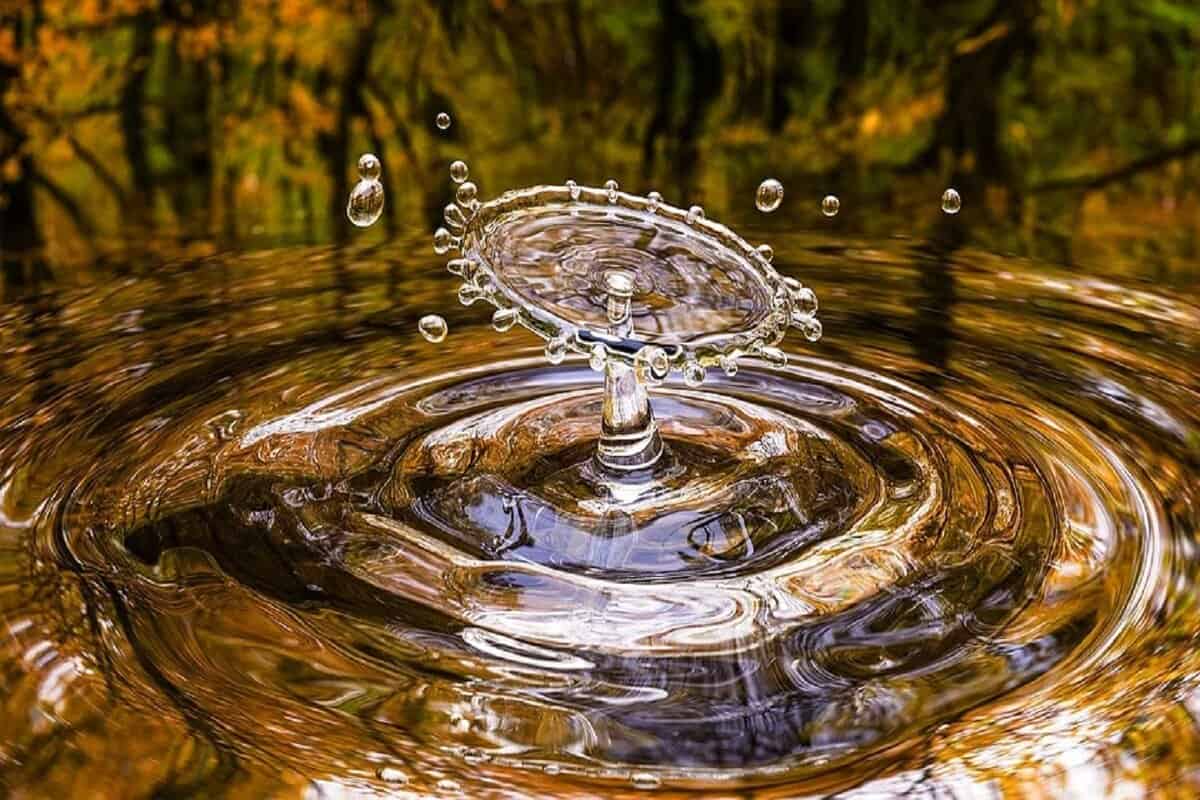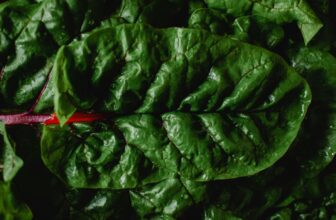
It is worth remembering that in any extreme situation, the most important thing is water. If you know how to find or get it, then do not worry – you are not in danger of dehydration! Water, for the human body, is the basis of normal functioning. It provides blood circulation, digestion, and other processes. To maintain life, the human body needs 2-2,5 liters per day.
Keep in mind that in the wild, you may need to cope with additional stresses associated with heat or cold (both factors contribute to the fact that the need for fluid increases). It seems that at low temperatures the need for water becomes less. This is not always true. The body can lose more moisture due to dry air or strong winds.
If there is less water than needed to maintain balance, the body becomes dehydrated. With a prolonged lack of water, the cells of the body shrink, and all processes slow down. Even 6 hours without water in extreme heat/cold or physical activity is not the best option. A day without life-giving moisture is a cause for serious worry. You can live without it for approximately three days.
A person can be left without free access to water by getting lost in a forest or another unknown place in the wild, as well as in force majeure and critical situations. In such cases, it is important not to panic, calm down, and assess the situation.
Water in the lowlands
Groundwater and lowland water can usually be found at a level close to the surface of the earth. It is best to choose a lowland densely dotted with vegetation because in such areas, the required level of humidity and coolness is usually more efficiently maintained.
To get water from the lowlands, it is necessary to dig a hole with a diameter of about 50 by 50 centimeters with your hands or with the help of an improvised “tool” – driftwood, a branch, or a stone. If the place is chosen correctly, then after 30-60 minutes, the dug hole will be filled with groundwater.
Moisture condensation
There are several ways to condense water from the air.
1 way
Needed: plastic wrap, water container, stone, and branches with leaves. On a sunny plot of land, you need to dig a pit about a meter deep. Put the vessel in the center. Cover the pit with plastic wrap, and place a stone in the center above the vessel. The water will condense and drain into the vessel. To make evaporation more active, you can cover the pit with branches with leaves.
2 way
If there is no way to dig, and the trees already have foliage, you can use the water that the tree gets from the depths. You will need a plastic bag. Put it on a branch with foliage or a small tree and tie it. As the water evaporates, it will fill the bag with condensate. It is important to arrange it so that the foliage does not touch the walls of the bag, and the water accumulates at the bottom.
3 way
At night, the temperature drops, and condensation appears on things. You can hang polyethylene above the ground, and moisture can accumulate on it.
Mist
Place a thin net on the poles. It captures condensate from the passing water vapor. Under it, you need to install vessels and gather mist.
How to get it from trees
In spring, the trees fill with sap and can become a source of water. You need to make a thin, deep hole in it and insert a cylinder there – a rod from a handle, a hollow blade of grass, so that water collects and flows into a container. For example, in the birch, you can find reserves of birch sap, which will replace water that is vital for a person for some time.
Sometimes the rain saves
In conditions of a dangerous shortage of drinking water, a good spring shower can be a real salvation in such a situation. The main thing during the rain is to competently accumulate the falling water to the maximum possible.
To do this, it will be effective to tie a cloth around the trees so that it absorbs all the rainwater that will drip on the leaves and trunks, and directly under the location of this rag, substitute a container of the largest size you have. Without the simplest container or bucket, you can dig a hole and put some more or less waterproof material there (in extreme cases, a thick layer of leaves and grass will do). This will prevent water from entering the ground and soaking into it.
If the situation is critical, you need to drink body fluids.
Remember, if you managed to get water from a natural source and it is of poor quality, it could be filtered. One of the simplest filters is made of sand, stones, and cloth. Sand, stones, and cloth are placed in layers in a plastic bag, a vessel is placed under it, and the filter is ready.
We hope that this knowledge will help you, if necessary, in any critical situation.




